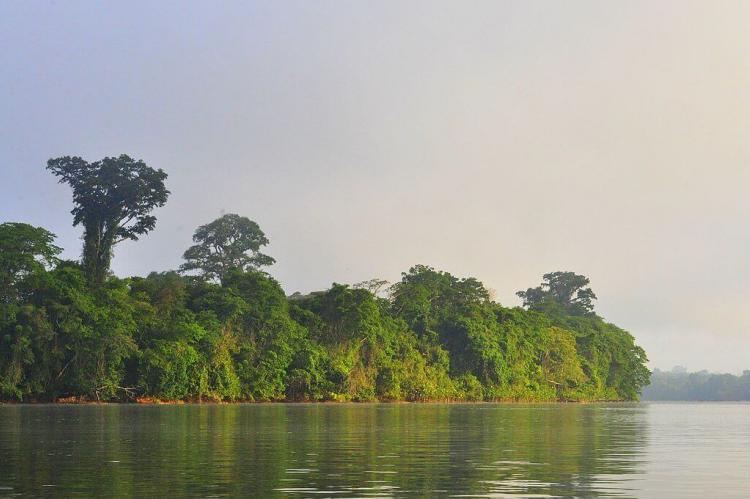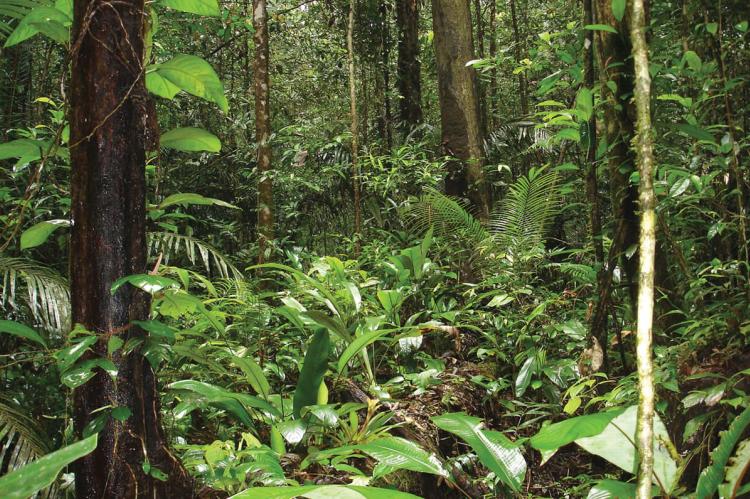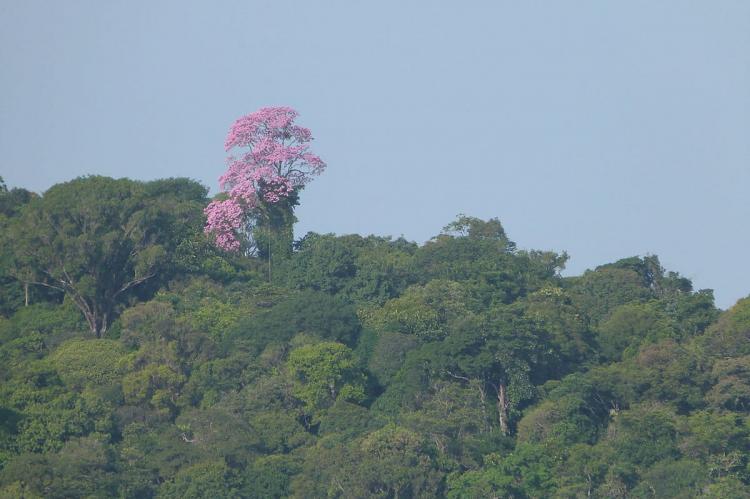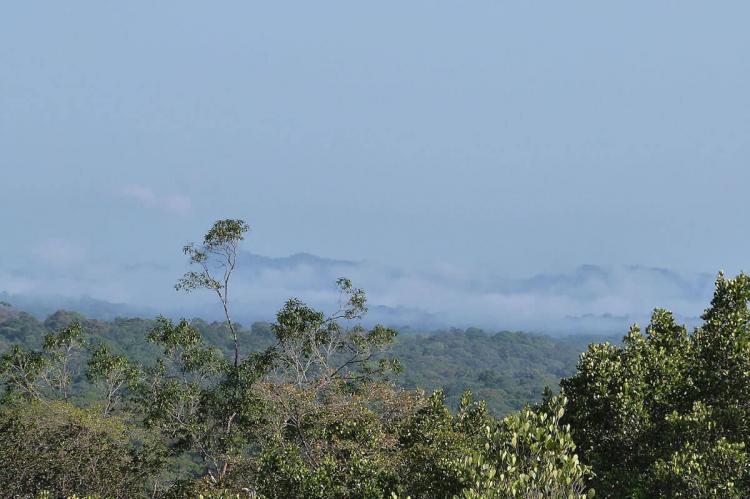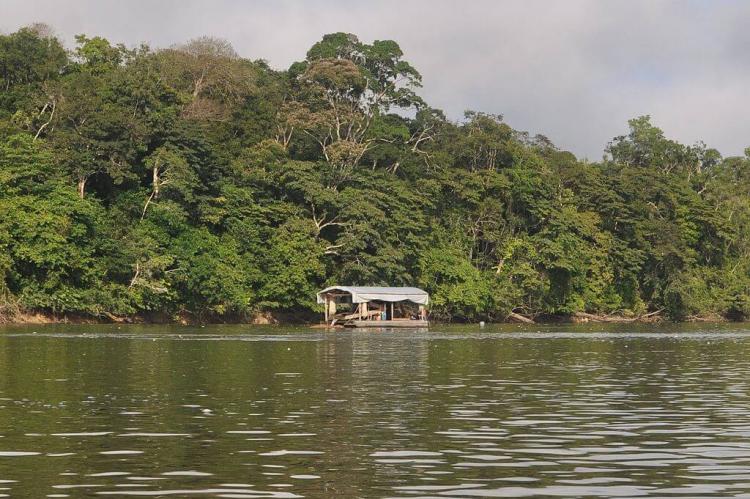Untouched Wilderness: The Natural and Cultural Riches of Guiana Amazonian Park
The Guiana Amazonian Park is a testament to the biodiversity and cultural heritage of the Amazon Rainforest. As one of France's ten national parks, it occupies a significant portion of French Guiana and is a crucial part of the global effort to preserve one of the planet's most vital ecosystems.
Guiana Amazonian Park: A Jewel of Biodiversity and Cultural Heritage
The Guiana Amazonian Park (Parc Amazonien de Guyane) is a testament to the incredible biodiversity and rich cultural heritage in the heart of the Amazon Rainforest. As one of the ten national parks of France, it occupies a significant portion of French Guiana and is a crucial part of the global effort to preserve one of the planet's most vital ecosystems.
Geographic Extent and Boundaries
A Vast Protected Territory
Spanning 40% of French Guiana, the Guiana Amazonian Park is the largest national park in France and the European Union. The park is geographically defined by two major rivers: the Oyapock River, on the border with Brazil, and the Maroni River, which delineates the border with Suriname. The protected area is an expansive 33,900 square kilometers (13,090 square miles), consisting of a core area and a secondary zone that creates a formidable shield for the rainforest and its inhabitants.
Connection to Tumucumaque Mountains National Park
Combined with Brazil's Tumucumaque Mountains National Park, which covers approximately 38,800 square kilometers (14,980 square miles), these protected areas form one of the most extensive continuous stretches of preserved rainforests in the world. This transnational conservation effort is crucial for maintaining ecological corridors for the survival of numerous species.
Ecological Richness
Flora: A Botanical Treasure
The Guiana Amazonian Park is home to an astonishing variety of plant life, boasting over 1,500 tree species out of a total of 5,800 recorded species. This diversity is impressive not only in terms of numbers but also in terms of the unique adaptations and ecological roles these plants play in the rainforest ecosystem. The park's flora supports a complex web of life, from towering canopy trees to delicate understory plants.
Fauna: A Sanctuary for Wildlife
The park's fauna is equally remarkable, with 400 species of freshwater fish, 192 species of mammals, 261 species of reptiles and amphibians, and an impressive 719 species of birds. Notably, 40% of the fish species are endemic to the region, highlighting the park's role in preserving unique genetic biodiversity. In addition, the park teems with countless insect species, including butterflies, Coleoptera beetles, and stick insects, contributing to its status as one of the most biodiverse regions on Earth.
Cultural Significance
Inhabitants and Their Heritage
The Guiana Amazonian Park is not only a haven for wildlife but also a home to various indigenous and local communities. The Apalaï, Tilïo, Wayana, Wayãpi, and Téko Amerindians, alongside the Aluku, the Maroni, the Creoles, and the Metropolitans, inhabit the park's secondary area. These communities maintain their traditional ways of life, which are intricately linked to the natural environment. Thus, The park plays a critical role in preserving both the cultural heritage and the sustainable practices of its inhabitants.
Preservation Efforts and Challenges
Complete protection is enforced in the park's central area, covering approximately 20,300 square kilometers (7,840 square miles), where gold mining is strictly prohibited. Despite these protections, the park faces challenges, including illegal mining and logging, which threaten its ecological integrity and the traditional lifestyles of its residents. Efforts to combat these activities are ongoing, involving local authorities and international cooperation.
Accessibility and Conservation
Remote and Pristine
The Guiana Amazonian Park's remoteness adds to its allure and difficulty of access. It can only be reached by airplane or riverboat, which helps preserve its pristine condition and poses challenges for conservation efforts. This isolation has allowed the park to remain largely untouched by modern development, ensuring the preservation of its unique ecosystems.
Collaborative Conservation Efforts
The park's management involves collaboration between local communities, conservation organizations, and governmental bodies. Initiatives focus on sustainable development, environmental education, and research to preserve the park's ecological and cultural treasures for future generations.
Conclusion
The Guiana Amazonian Park is a vital sanctuary for both biodiversity and cultural heritage, representing one of the last frontiers of untouched rainforest. Its vast expanse, rich flora and fauna, and the unique cultures of its inhabitants make it an invaluable resource for conservation and a beacon of sustainable living. As efforts continue to protect and understand this remarkable region, the Guiana Amazonian Park stands as a symbol of the delicate balance between nature and human existence.
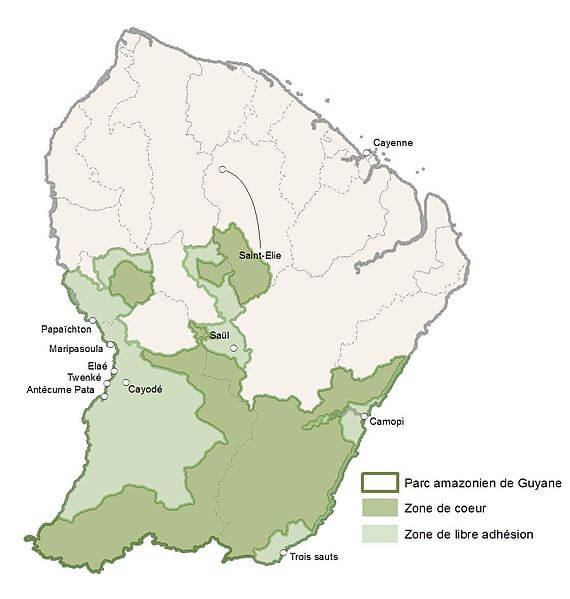
Map depicting the Guiana Amazonian Park.

